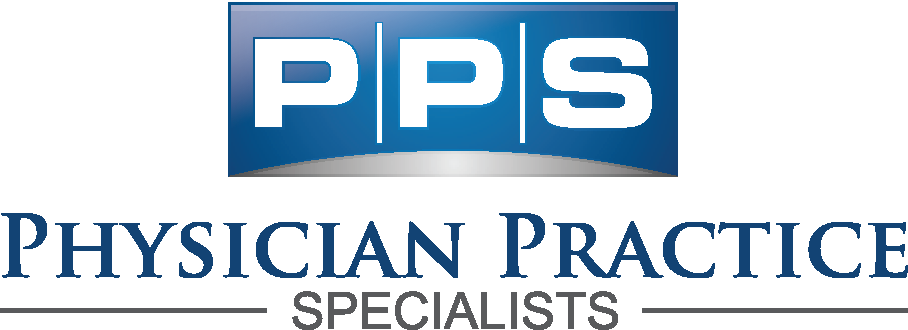It’s impossible to provide a universal answer to this question but it’s a question you must ask yourself before diving headfirst into starting a medical practice. When measuring the viability of your practice, we are not and cannot address the need of an area, that is something you need to assess through a market analysis. We will write this article based on the assumption that you have already assessed the area and confirmed that there is a clear and immediate need for the services you plan to offer. Now we’ll get into ways to measure how viable your practice is.
3 Ways to Assess Viability
Number 1: Which insurers are my targeted patient population using?
You have concluded that there is a need in your area, next you need to identify the top payers in the area that represent the patients you are targeting. Which payers represent the majority of the targeted patient population? If you’re starting a new Ortho, Derm or Primary Care practice with a heavy Medicare population, do not make the mistake of assuming that you will be able to see these patients once you are enrolled with Medicare. Majority of the Medicare population these days are part of a Medicare advantage which handle their own contracting and could quite possibly deny participation to you. We have seen this happen countless times and being blindsided by a major Medicare advantage plan having a closed panel really alters the financial trajectory of your new practice.
If you’re starting an addiction practice or a practice with a higher percentage of the affected patient population on Medicaid, you need to understand what the reimbursement will look like for Medicaid in your state. Participating with Medicaid HMOs is rarely a problem as there is a severe shortage of physicians/providers willing to participate in the Medicaid plans due to the low reimbursements.
If you are starting a pediatric office, who are the major employers in the area using for insurance? What percentage of the population is enrolled in Medicaid? You need to know this in order to prepare a financial analysis based on X percentage of your patients being on Medicaid and X percentage being on commercial insurance. Medicaid pays about 40% lower than commercial and Medicare insurance plans so please take this into consideration when doing a financial analysis. Many state Medicaid plans do pay pediatricians slightly more than PCPs for example but it’s not much more.
The point here is to identify the patients you are targeting and which payers represent these patients.
Number 2: Are the payer panels open?
This is pretty cut and dry so we’re not going to cover in much depth. We have other articles on evaluating payer panel status which we recommend you take a minute to read. Once the top payers have been determined, you now need to reach out to each of these payers to ensure that they are accepting new providers in your specialty and anticipated location. If they say no, or we’re not sure, you need to take the next step and submit a formal inquiry either online or over the phone. A formal inquiry is often the only way to get a formal answer from them. This typically looks like a “Letter of Interest” that is either faxed or emailed to the payer although some payers do have this option available over the phone or on their website. It’s a good idea to check panel closures in multiple counties if you’re not 100% on where your new practice will be located.
Number 3: Create a financial analysis based on patient participation in your area
You’ve reached some conclusions at this point in terms of what patients you’re targeting and which insurers they are participating with. You also should have a pretty clear picture as to which insurance plans are accepting new providers intop their network. Now, equipped with this information, create a financial analysis based using the participation data and anticipated contracted rates. Before starting on your financial analysis(which is best done using Excel), you need to put together a list of your top CPT codes based and obtain your local Medicare reimbursement info for the current year. Here is a video explaining how to use the Medicare fee tool to obtain this info. This is your baseline reimbursement and is what you’ll measure other payers against.
So you have your top codes and the Medicare allowed amount, now you need to Here are some things to consider when preparing your analysis.
- If Medicaid is going to be a part of your practice and you anticipate it being approximately 10% of your overall patient population, we recommend moving that number up to 15-20% of your overall patient population for the first year. Medicaid patients are often underserved and will be the first ones calling to schedule appointments. This is a great way to help your community and stay busy during your first year but could put you out of business if you’re not careful.
- If your research tells you that the major commercial payers are paying 95% of Medicare in most cases, go ahead and estimate your payment to be 5-10% less. The objective here is not to be perfect but to give you an idea of what to expect and it’s best if you don’t paint the analysis with rose colored glasses.
We’ve included a simple analysis below so you can see the formulas used. It’s nothing fancy nor does it need to be, you just need to get the numbers on paper so you can make an informed decision.


